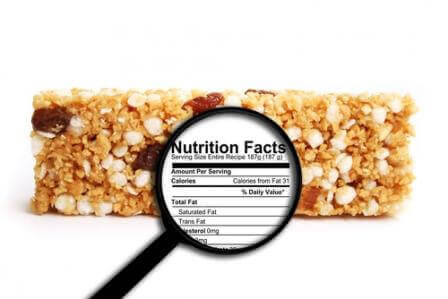FDA Wants to Go Even Further on Added Sugars
The FDA pushes for even more aggressive labeling of added sugars in packaged foods.
Monica Reinagel, MS, LD/N, CNS
Earlier this year, the FDA proposed a new Nutrition Facts label that would list added sugars on a separate line. Although I think this is a great idea, they have been getting a ton of pushback—mostly from beverage manufacturers and the sugar lobby.

See also: Should Added Sugar Be on Nutrition Facts Labels?
Now, the FDA wants to go even further. In addition to showing you how many grams of added sugar a food provides, they want to show you what percentage of your recommended daily intake that represents by adding a Daily Value, or DV, for added sugar to the label.
See also: Why Is Sugar Bad?
Up until now, we haven’t had an official DV for added sugar. Agencies ranging from the American Heart Association to the World Health Organization recommend limiting added sugar to 5-10% of your calories, which translates to 25-50 grams a day. The FDA is proposing the more generous limit of 50 grams of added sugar per day, or about 12 teaspoons of white sugar.
See also: Sugar vs. artificial sweeteners? There’s a third option.
If we’re going to add added sugars to the label, I think it makes sense to add a Daily Value as well. A 20-ounce soda contains 65 grams of added sugar, for example. Some people might see that number on the Nutrition Facts label without really understanding what it means. But what if they also saw that 65 grams of sugar is 130% of the recommended daily intake for the entire day? That certainly puts it into perspective.
What do you think? Should the FDA establish a Daily Value for added sugar? Is 50 grams a day a reasonable target?
Image courtesy of Shutterstock.

